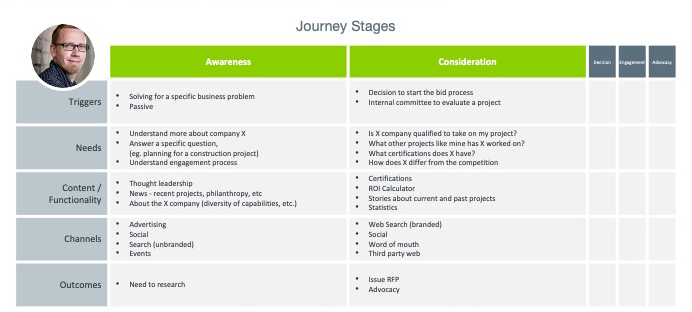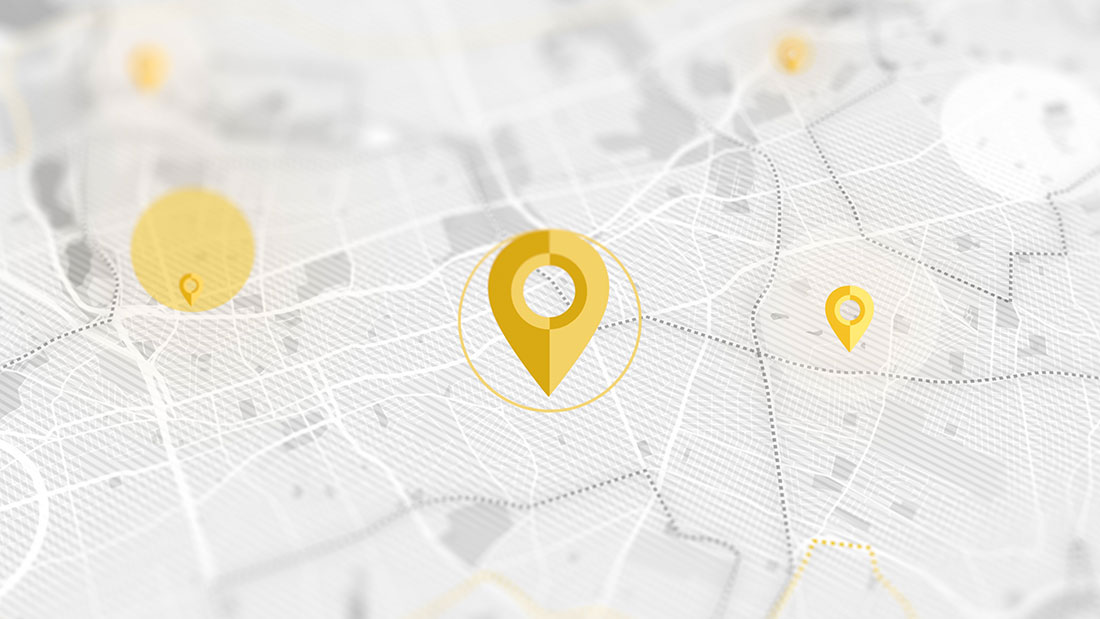Every so often, an article in the marketing and sales world catches fire. Back in 2015, Forrester’s Death of a (B2B) Salesman sparked countless discussions and debates. And just a few weeks ago, Harvard Business Review (HBR) published what felt like a follow-up article: Traditional B2B Sales and Marketing Are Becoming Obsolete.
Author Brent Adamson, a Distinguished Vice President at Gartner, argued that marketing and sales teams are out of touch with the “digitally dominant” behavior of modern B2B buyers. Their processes and operations no longer match buyers’ needs.
Beyond Sales and Marketing Alignment
What provoked a rush of LinkedIn shares and comment threads was Adamson’s takeaway: The problem cannot be resolved with tighter sales and marketing alignment. Instead, it requires a bold organizational restructuring—blowing up marketing and sales teams and reconfiguring them in a way that serves customer needs at each stage of the buyer journey.
That’s a lot to chew on. It certainly got the Tendo team thinking and talking. But we’d like to suggest a more pragmatic takeaway to sales and marketing professionals, most of whom don’t have the power to restructure their departments anyway: Focus on better customer journey mapping, and let the findings guide your strategy.
“B2B organizations need to invest more time and resources in creating a well-researched customer journey map,” says Kim Celestre, Vice President of Content Marketing at Tendo. “They should take a holistic approach to this task by involving multiple teams in its creation—including sales and marketing—and then aligning those teams to a customer journey mindset.”
“Greater attention to journey mapping,” adds Celestre, “can help resolve the buyer-seller misalignment that challenges so many companies.”
A Clearer Picture of the Modern B2B Buyer Journey
In the HBR article, Adamson highlighted just how much the customer journey has evolved in recent years to become a mostly digital process:
- B2B buyers now spend most of their time gathering information about solutions (i.e., consuming content), then building requirements and consensus internally.
- Most would rather not talk to sales reps. In fact, Gartner research showed that buyers spent only 17% of their total buying time interacting with sales teams from different organizations.
- The linear process of “marketing generates leads, then passes them off to sales” doesn’t match this buyer behavior, either, says Adamson. For example, some buyers might want to chat with sales earlier in the buying process, if a sales rep is the best source for their informational needs.
- Better sales and marketing team alignment—so often hailed as the solution—doesn’t address this deep mismatch between how sellers sell and how buyers buy.
Your Secret Weapon: A Higher-Resolution Customer Journey Map
Enter Calgary-based SMART Technologies, an education software and hardware that recognized its misaligned sales processes and executed a major internal reorganization. SMART dismantled its sales, marketing, and service teams and reorganized them into five new, multidisciplinary teams, each one devoted to a stage of SMART’s buyer journey: Learn, Buy, Order/Install, Adopt, Support.
Adamson spends a lot of time detailing the benefits of this new organizational structure and how it transformed SMART’s lead generation and revenue growth. But don’t overlook what activity laid the groundwork for SMART’s success: a thorough and well-devised customer journey mapping exercise, in which they captured their customers’ information needs and “jobs to be done” at each stage of their buying process.
For SMART, customer journey mapping wasn’t just an academic exercise. They developed it to be an actionable document, shared across sales, marketing, and customer service functions.
“It’s so important to keep the customer journey front and center for all teams,” says Karla Spormann, CEO and founder of Tendo. “You want to create a coherent, detailed document that profiles the customer journey from end to end. This allows every team—marketing, sales, service—to follow the same playbook.
“Therefore every team benefits from understanding the entire customer journey or process, not an isolated piece of it,” explains Spormann. “All stakeholders can then focus on delivering a a more integrated and connected digital experience to customers.”

How to Raise Your Journey Mapping Game
Your organization may already have a customer journey map. But is it detailed enough to be actionable? Follow these guidelines to create a usable customer journey map that sets the stage for your teams to align strategies and processes with your customers:
- Capture adequate detail: Is your journey map too high level? Be sure to include necessary details on customer careabouts, questions, objections, jobs and tasks, and preferred channels at each stage. Pull this detail from your buyer personas.
- Avoid one-size-fits-all: A journey map should be specific to a customer persona or buying group. Also, it doesn’t necessarily have to follow preconceived ideas or journey stage labels like “awareness” and “consideration.” Customize it for your organization and its customers.
- Build it collaboratively: Marketing teams should collaborate closely with sales and service teams—who interface with customers daily—to create a comprehensive journey map. Whenever possible, talk to actual customers as well. There is no substitute.
- Share it widely: Don’t limit its use to marketing or UX teams. Make it the single source of truth across multiple teams.
- Map content to journey stages: Once you’ve identified buyers’ informational needs at each journey stage, you can create the right content to meet those needs. But don’t stop there: Consider the sales and customer success activities that should be mapped by journey stage as well, and how they contribute to your customers’ digital experience.
- Keep it updated: A journey map from three years ago could be dramatically out of date. Customer behaviors change continuously.
Connecting the Dots to Sales and Marketing Strategy
Create your map and let it guide you. With a clear-eyed view of your customer needs and behaviors, you can adapt and align teams in any number of ways. You can discover where internal processes and organizational silos don’t match customer needs. You can craft smoother hand-offs between marketing, sales, and customer success. And ultimately, you can create customer-centric experiences that deliver business results.










